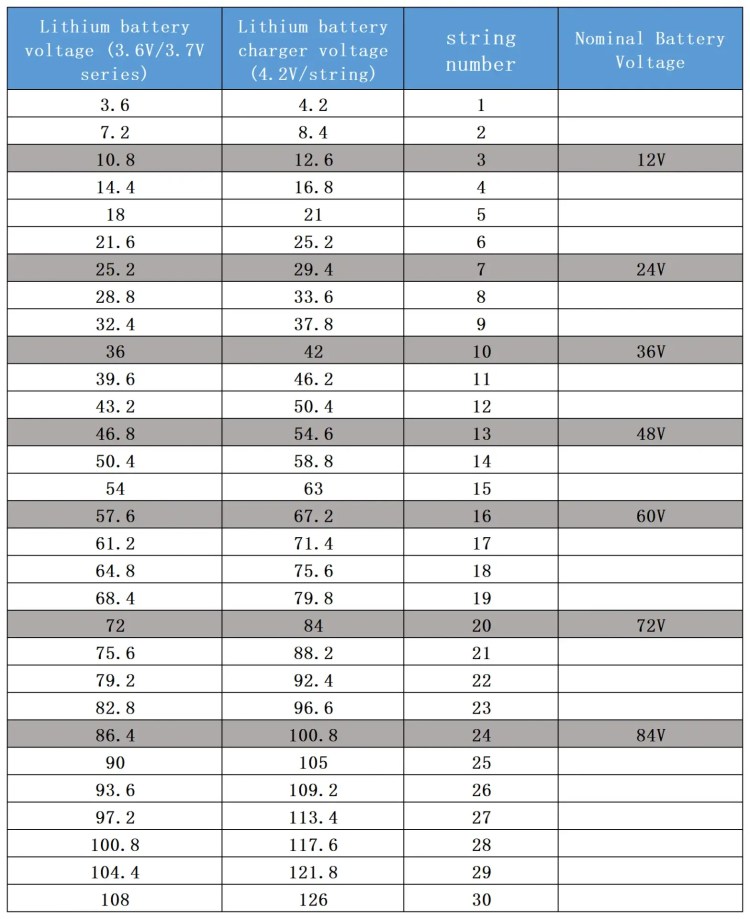Can I use any charger for my e-bike?
Using the right charger for your e-bike is critical to the safety, performance, and life of your battery. While it may seem convenient to use a charger that is “close enough,” doing so can result in damage, inefficiency, or even dangerous situations. Here’s a closer look at why compatibility is important and what to look for in an e-bike charger.
Why Compatibility Matters
Voltage Mismatch
E-bike batteries are designed to operate within a specific voltage range. For example:
A 48V battery requires a charger that outputs 54.6V (a typical full charge for a 48V Li-ion battery).
Using a charger with a lower voltage (e.g., 42V for a 36V battery) will not fully charge the battery.
A higher voltage charger may overcharge the battery, potentially causing overheating or permanent damage.
Current Rating (Amps)
Chargers also vary in their current output (measured in amps):
A charger with a current rating that is too high may cause the battery to overheat or shorten the battery life.
A charger with a current rating that is too low may charge the battery too slowly, which can be inconvenient.
Connector Types
Electric bike chargers come with a variety of connectors (DC barrel plug, XLR, etc.). Using an incompatible charger may not allow for a physical connection, or worse, may cause a short circuit if forced.
Battery Chemistry
Lithium-ion batteries, lead-acid batteries, and other chemistries require different charging algorithms. Using the wrong charger can result in improper charging and reduced efficiency.
Risks of Using the Wrong Charger
Battery Overheating or Fire Hazard: Overcharging or improper current can cause batteries to overheat, which can lead to dangerous conditions.
Shortened Battery Life: Incorrect charging parameters can degrade a battery’s performance over time.
Charging Failure: An unmatched charger may not fully charge a battery, leaving you stranded.
How to Choose the Right Charger
Check Your Battery Specs
Look at the voltage and capacity (Ah) of your battery.
Refine the manufacturer’s recommendations to choose a compatible charger.
Matching Voltage and Current
The voltage output of the charger must match the nominal voltage of the battery.
The current (Amps) should be consistent with the capacity of the battery (e.g., a 10Ah battery uses a 2A charger).
Comparison table of charger parameters for different battery parameters

Use a manufacturer-approved charger
Always start with the charger provided by the e-bike manufacturer.
If replacing or upgrading, consult the manufacturer or choose a charger designed for your battery model.
Conclusion
You should not use just any charger for your e-bike. Always use a charger that matches your battery specifications (voltage, current, and connector type). Incompatible chargers can not only damage your battery, but also pose a safety risk. If you are unsure, consult your e-bike manual or contact the manufacturer for guidance.
For a reliable and professional charging solution, consider using a high-quality charger, such as the XVE e-bike charger, which ensures efficient, safe, and battery-friendly charging to meet the needs of your e-bike.

